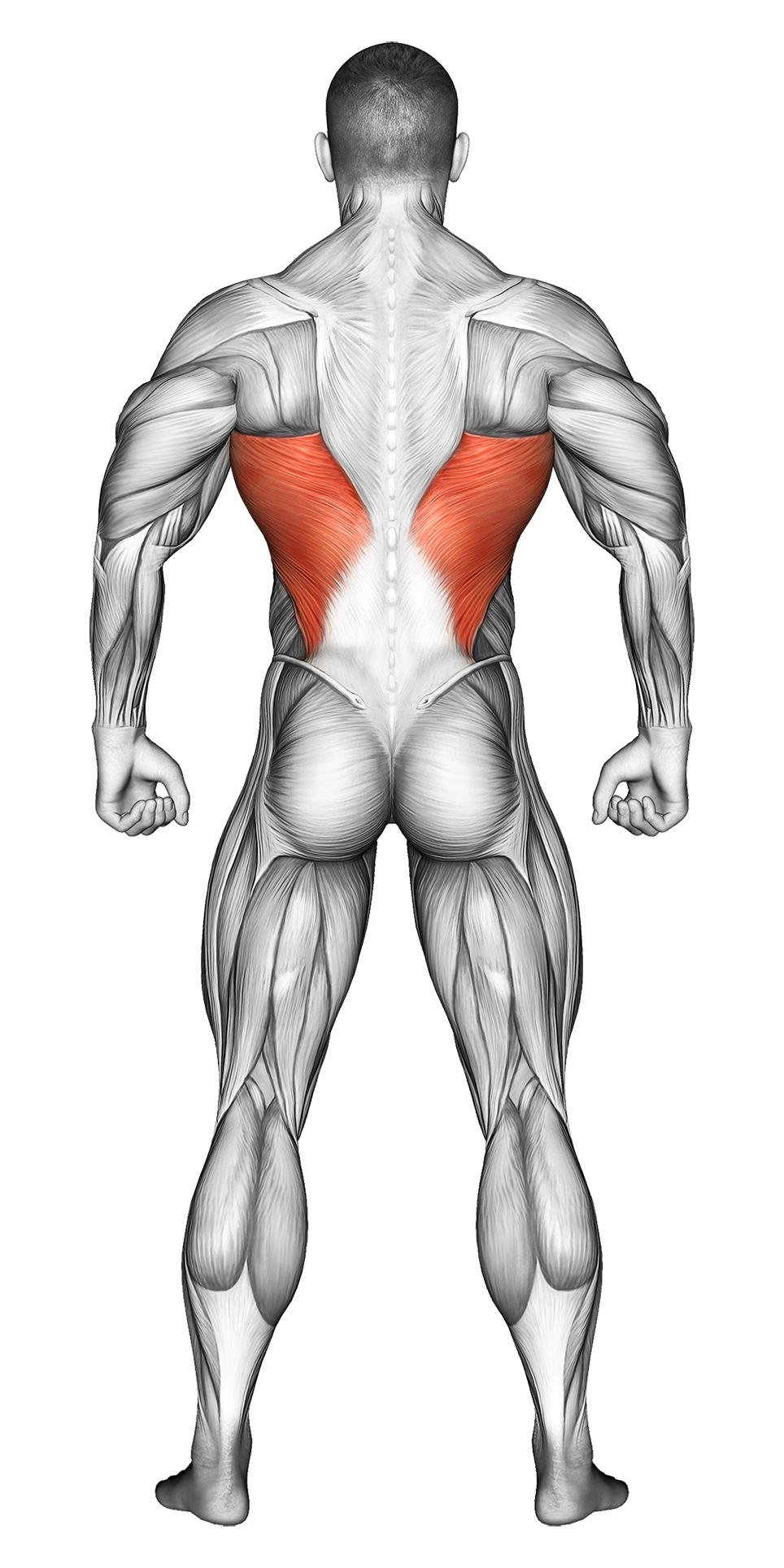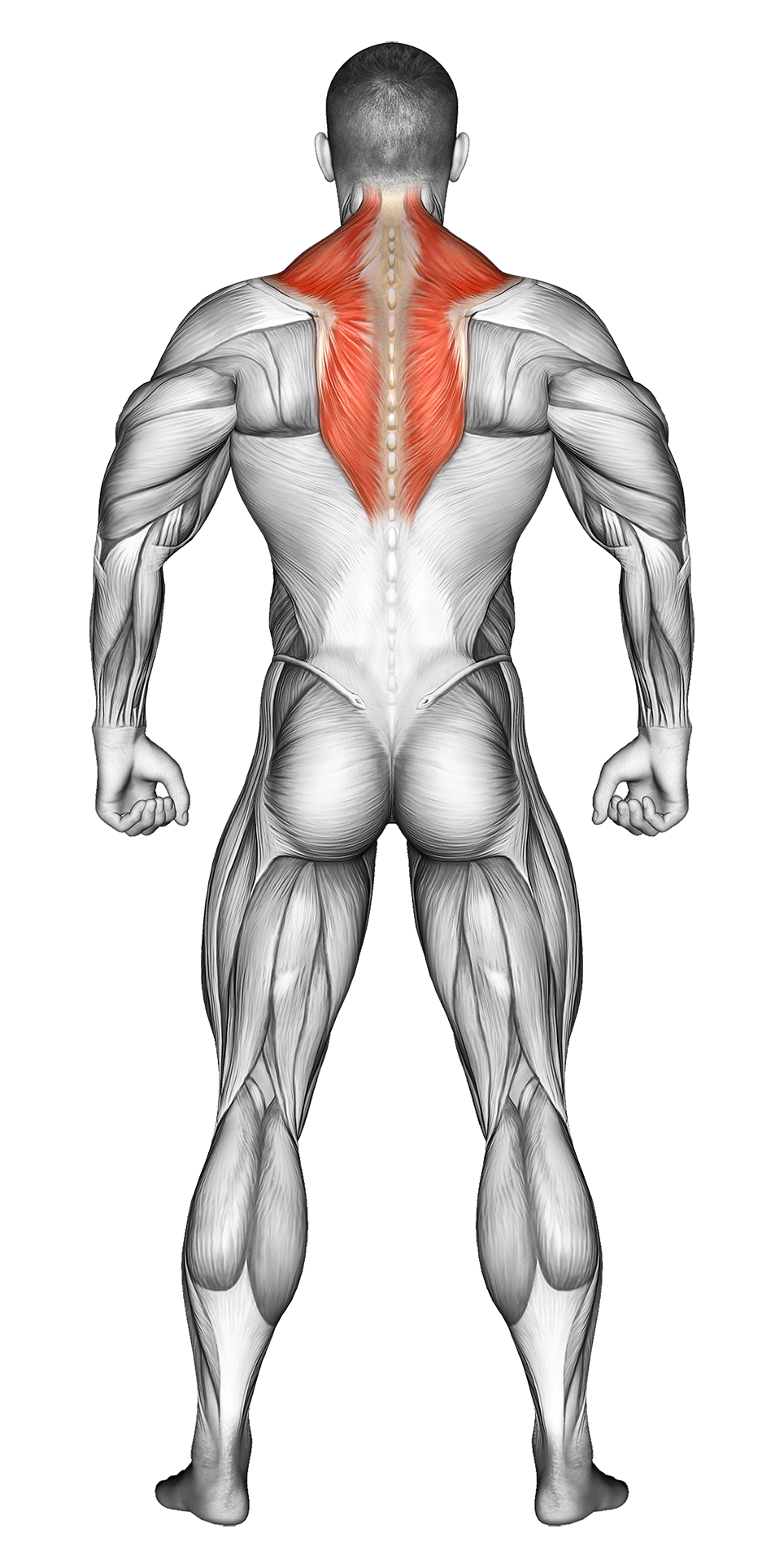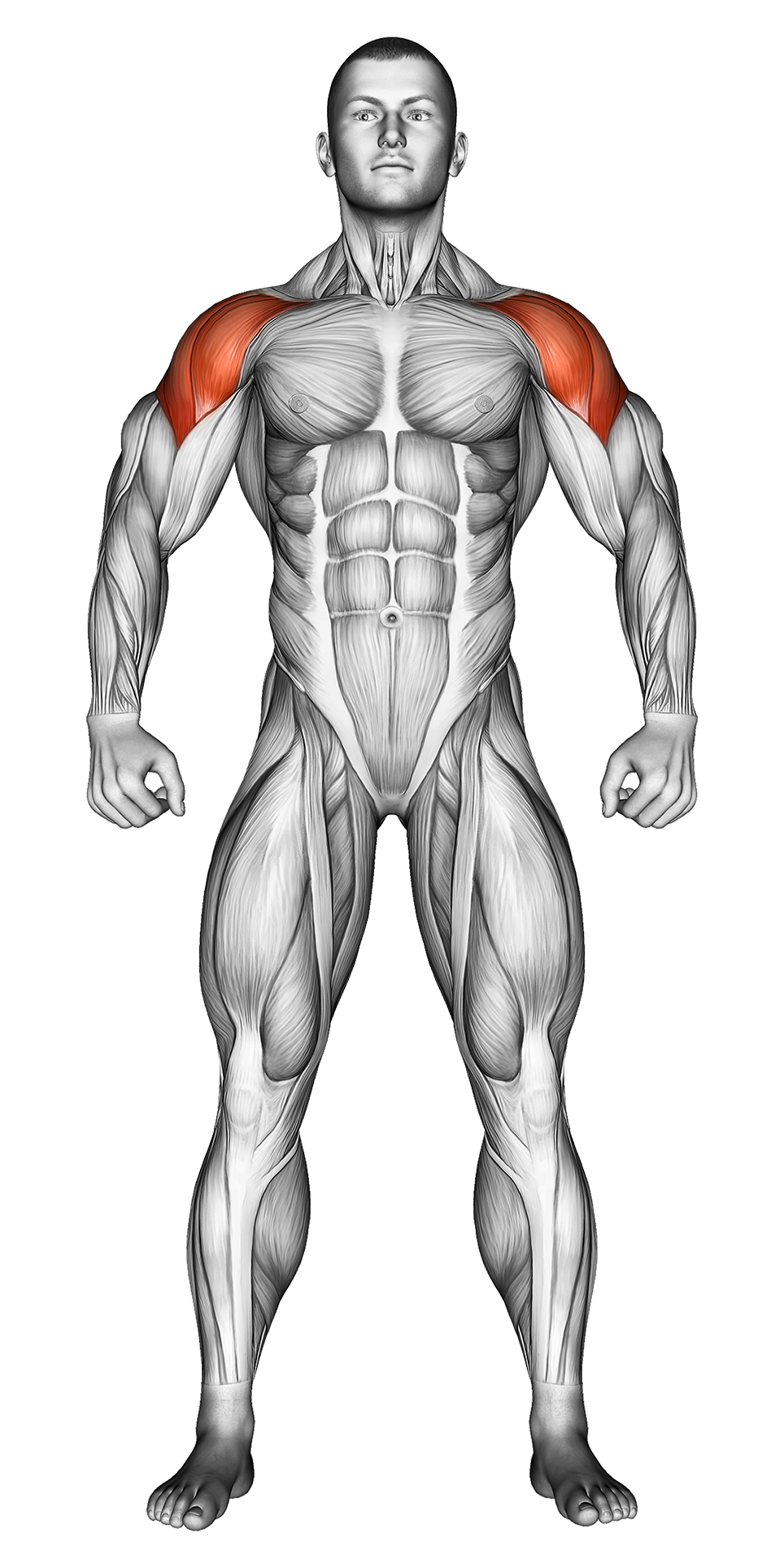Machine Reverse Fly: Video Tutorial & Exercise Guide
| Workout | Machine Reverse Fly |
| Primary Muscle Group | Shoulders |
| Secondary Muscle Group | Lats, Traps |
| Equipment Required | Machine |
| Force Type | Pull |
| Mechanics | Compound |
| Exercise Type | Strength |
| Difficulty | Intermediate |
Machine Reverse Fly: Video Tutorial & Exercise Guide
Muscle Groups
- Primary Muscle Group- Secondary Muscle Group
Machine Reverse Fly - Step-by-Step Guide
Machine Reverse Fly Overview
Benefits of Machine Reverse Fly
Machine Reverse Fly Pro Tips & Advanced Techniques
Progression Plan for Machine Reverse Fly
Frequently Asked Questions (FAQs) Of Machine Reverse Fly
Secondary Muscles

Lats

Traps
How to do Machine Reverse Fly – Step-by-Step Guide
- Step 1: Adjust the seat height on the reverse fly machine so that the handles are at shoulder level. Sit down with your chest against the pad and grasp the handles with your arms extended in front of you, palms facing inward.
- Step 2: Keep your feet flat on the ground and your core engaged. Maintain a slight bend in your elbows throughout the movement, avoiding locking them.
- Step 3: Begin the movement by pulling the handles outward and backward in a wide arc. Focus on squeezing your shoulder blades together as you move your arms to the sides.
- Step 4: Once your arms are fully extended to the sides and your shoulder blades are squeezed, pause for 1-2 seconds to maximize muscle contraction.
- Step 5: Slowly return the handles to the starting position, maintaining control throughout the descent. Repeat for the desired number of reps.
Machine Reverse Fly Overview
The machine reverse fly is an excellent isolation exercise for targeting the rear deltoids (the back of the shoulders) and upper back muscles, specifically the rhomboids and trapezius. This machine allows for a controlled movement, making it easier to focus on proper form and muscle engagement compared to free-weight alternatives.
This exercise is ideal for building shoulder stability, improving posture, and creating a balanced upper body. It’s suitable for all fitness levels and is often used in rehabilitation settings as well as general strength training programs.
Benefits of Machine Reverse Fly
The machine reverse fly targets the rear deltoids, helping to improve shoulder stability and strength. It also engages the upper back muscles, including the rhomboids and trapezius, which are key for maintaining good posture and preventing shoulder injuries.
By using a machine, you can ensure that your form remains consistent, reducing the risk of injury. The machine’s fixed movement path makes it easier to isolate the rear delts and avoid using momentum or other muscles to compensate.
This exercise is highly beneficial for individuals who spend a lot of time sitting or working at a desk, as it strengthens the muscles that retract the shoulder blades, helping to counteract rounded shoulders and improve posture.
Machine Reverse Fly: Pro Tips & Advanced Techniques
Focus on squeezing your shoulder blades together at the peak of the movement to fully engage the rear delts and upper back muscles. Keep your movements slow and controlled, especially during the lowering phase, to maximize muscle activation. For an added challenge, try pausing at the top for 1-2 seconds or perform the exercise with a lighter weight but higher reps for a muscle burnout set. Ready to build stronger, more defined rear delts? Let’s fly!
Progression Plan for Machine Reverse Fly
| Level | Sets | Reps | Progression Tips |
|---|---|---|---|
| Beginner | 2-3 | 10-12 | Start with a lighter weight to focus on proper form. Make sure you engage your rear delts and upper back by squeezing your shoulder blades together at the peak of the movement. |
| Intermediate | 3-4 | 12-15 | Increase the weight gradually while maintaining control throughout the movement. Focus on achieving a full range of motion and pausing briefly at the top to increase muscle tension. |
| Advanced | 4-5 | 15-20 | Use heavier weights and consider adding pauses at the top or slowing down the lowering phase. You can also perform dropsets for added intensity or superset with other shoulder exercises for a full workout. |
Frequently Asked Questions (FAQs) of Machine Reverse Fly
What muscles do Machine Reverse Flys target?
This exercise primarily targets the rear deltoids, with secondary engagement of the rhomboids, trapezius, and upper back muscles.
Are Machine Reverse Flys suitable for beginners?
Yes, machine reverse flys are suitable for beginners. The machine provides stability and guidance, allowing for proper form and reducing the risk of injury. Start with lighter weights to master the movement.
How can I make Machine Reverse Flys more challenging?
To increase the difficulty, you can add weight, slow down the lowering phase, or add pauses at the peak of the movement. You can also incorporate supersets with other back or shoulder exercises for an intense workout.
How often should I include Machine Reverse Flys in my routine?
Machine reverse flys can be included 1-2 times per week as part of your upper body or shoulder workout. Pair them with other shoulder and upper back exercises like face pulls or lateral raises for a balanced routine.
What common mistakes should I avoid when doing Machine Reverse Flys?
Avoid using momentum to lift the handles or arching your back during the movement. Keep your movements slow and controlled, focusing on engaging your rear delts and upper back muscles to get the most out of the exercise.
Share
